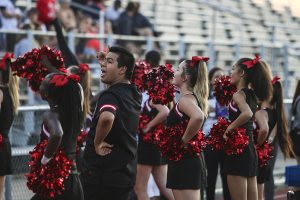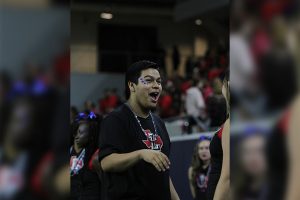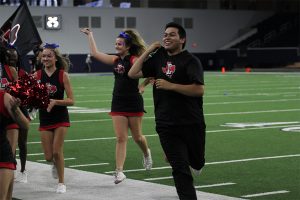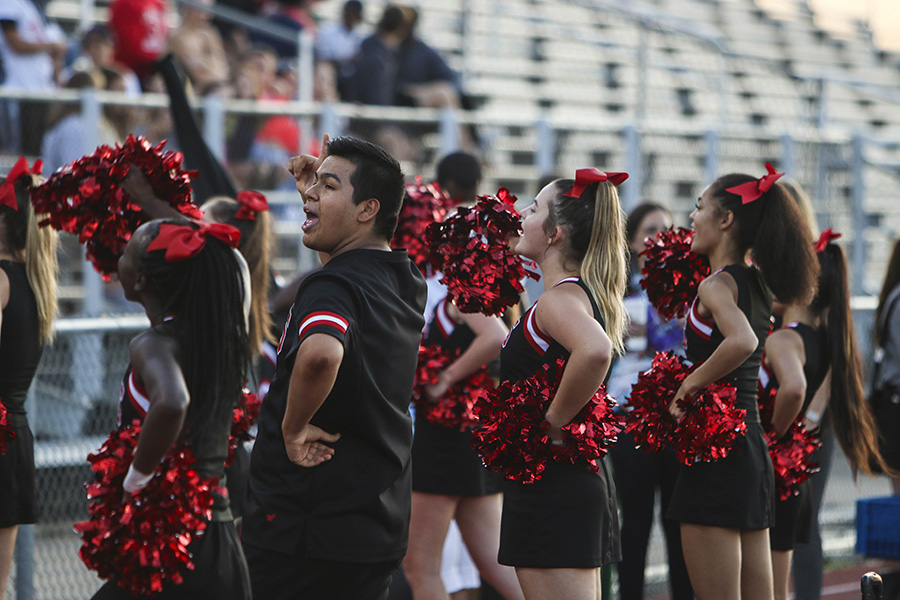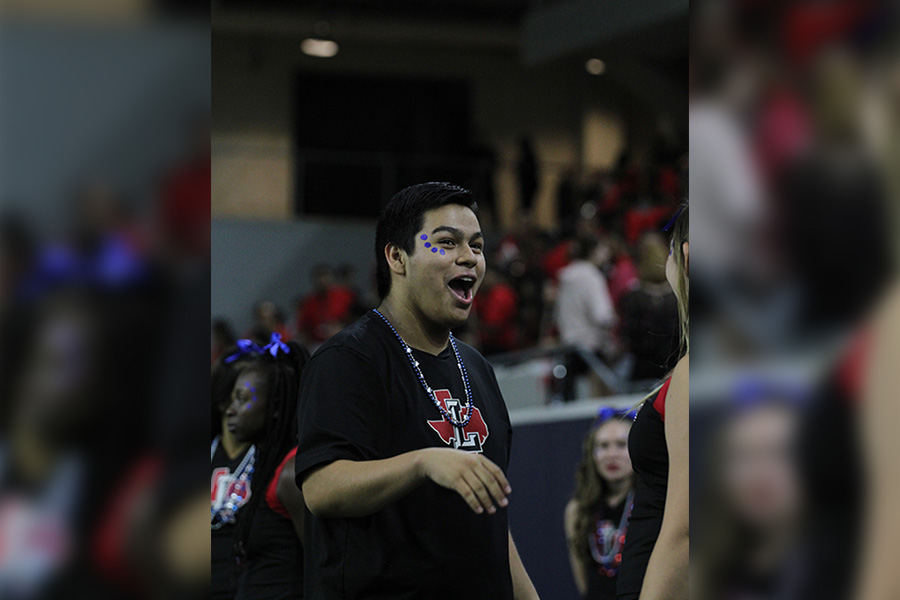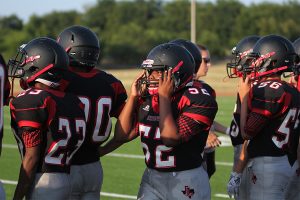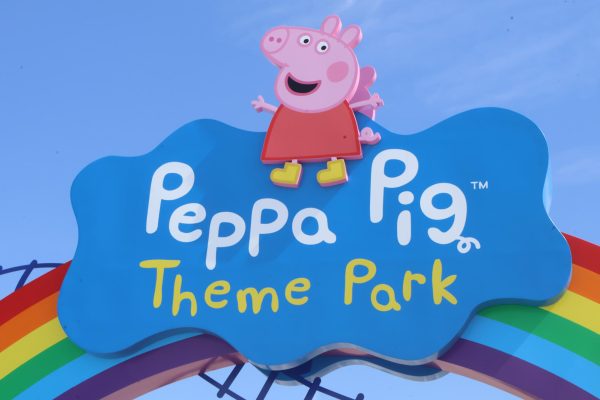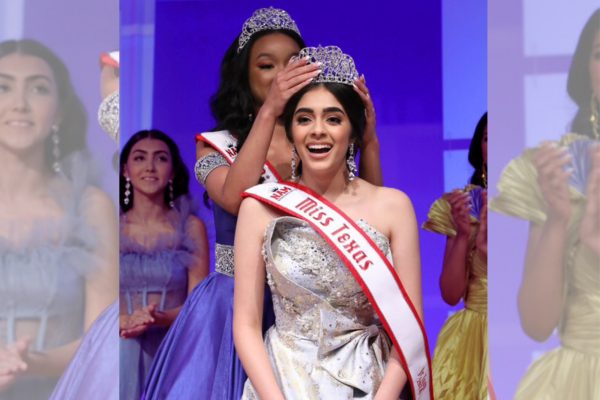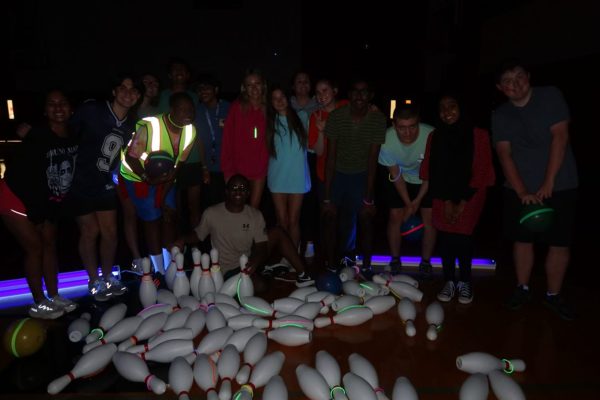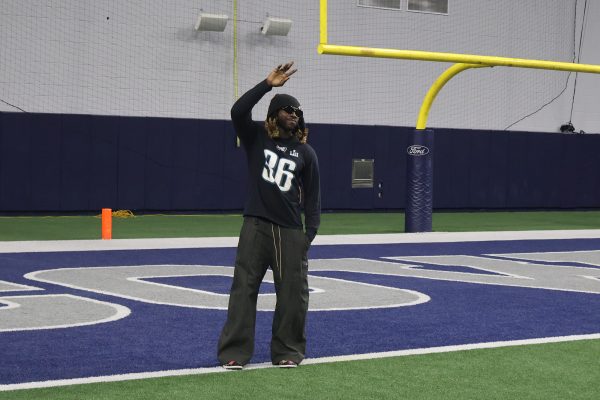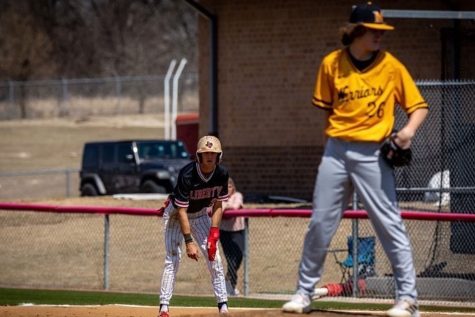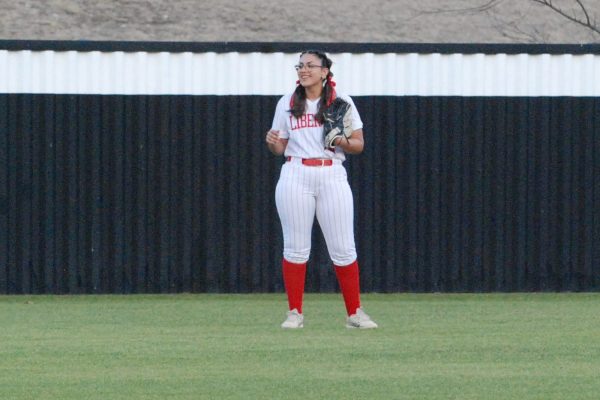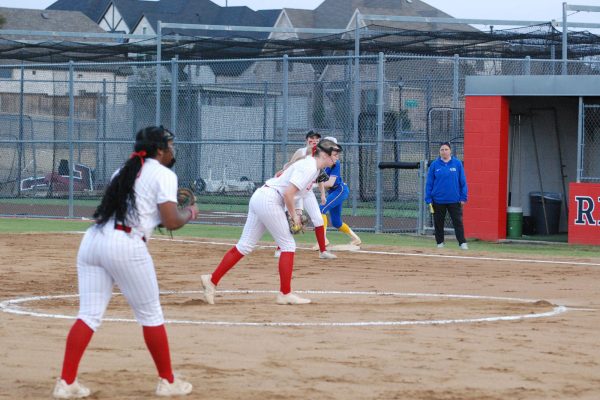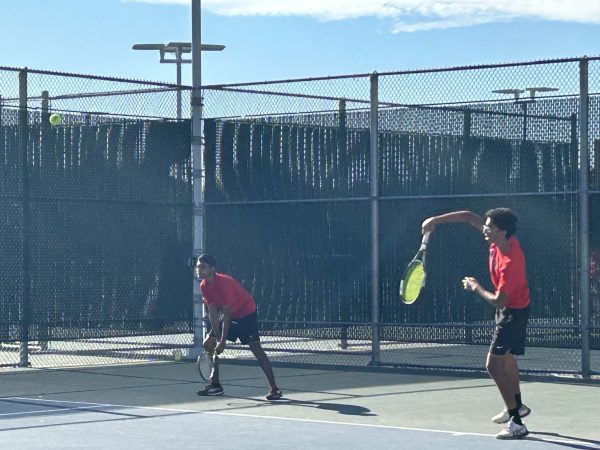“The best choice I’ve made in my high school years”
The first installment in a special report on students challenging stereotypes within sports
Cheerleading arrived in the United States with an all-male pep club in the 1880s at Princeton University.
Now more than a century later, in 2019, there’s been a nearly complete role reversal as about 97 percent of all cheerleaders are female. The numbers began to shift in the 1920s with few opportunities for women to play sports at the time. By the 1940s, women were the dominant gender in cheerleading.
It’s definitely the case on campus with senior Andres Venegas the only male out of 16 members on the varsity team, opening him up to both praise and prejudice.
“I have faced backlash,” Venegas said. “The one I recall, which was the first day I wore my uniform, kids were not being nice to me. It made me feel sad, but then again I have a great group of girls on squad who support and encourage me.”
Prior to joining the cheer squad and gracing the uniform, Venegas felt out of touch and sought to become more connected.
“My freshman and sophomore year I didn’t feel as involved, and I was always told that to have fun in high school, you have to be involved,” he said. “I had past gymnastics background that I thought I could put to use in cheer, and I tried out and made it and I think it’s the best choice I’ve made in my high school years.”
Even though high school male cheerleaders are few and far between, Venegas’ mom Maria Bustos never had doubts in her son’s ability to succeed in cheer.
“We knew that at Liberty it wasn’t common being a male cheerleader, but we always supported him,” Bustos said. “This is something he wants to pursue in college, just like football players or baseball players, [so] we never doubted denying his participation in Liberty cheer.”
Having a male teammate for the first time, cheer captain, senior Caitlyn Schroeder has seen Venegas brush hateful comments aside with ease.
“You can hear people walk by and share their comments about him under their breath, which he has done a very good job of just ignoring and not letting anything affect him,” Schroeder said. “But truly, I think people are impressed by the incredible amount of confidence he has. It takes a lot of nerves to take a step out of your comfort zone and not many people would do what he did.”
Not only has Venegas embarked on a rare journey for a guy, but for head cheer coach Kandy Stevens, he’s a key component of this year’s cheer squad.
“Andres is probably one of the most all-in, so when he’s there, it’s about working hard and getting the job done,” Stevens said. “Out all three squads, he’s one of the most supportive. Being the only male cheerleader doesn’t affect the dynamic of the team; they see him and recognize the strengths he brings to the program. It’s just a cohesive group, they see him as another athlete and another peer.”
Having been a cheerleader for almost two years now, Venegas has developed friendships that will last a lifetime.
“It’s been a true joy to work with the other cheerleaders on the team,” he said. “I’ve known some of them all my life, and some of them have become my closest friends to this day that I didn’t think would. Everybody’s so hard working and just funny, so they’re a joy to work with.”
To the casual fan at a football game, the guys playing are the athletes. But from the moment Venegas first tried out for the cheer team he has been trying to clear up this misconception.
“I think cheerleading has been dominated by girls and has been the stereotype of guys being on the field for the football team and girls being on the sidelines to cheer them on,” he said. “But what they don’t realize is cheerleading takes a lot of strength that I think women can proceed, but men can too.”
Referring back to her years as a collegiate athlete, Stevens believes high school cheerleading should reflect the evenly co-ed nature present in college cheer.
“I cheered in college and married my college partner; he started out playing for college football and said cheerleading was one of the hardest things he has ever done,” Stevens said. “I just think it’s lack of exposure in the area and I think when they get out and feel comfortable about themselves and realize that it’s a sport, and not just for women, I think they give themselves permission to step outside the norm.”
That’s exactly what Venegas has done, and it’s provided him with confidence regardless of where life takes him.
“Being a cheerleader has taught me that I shouldn’t care what people have to say,” Venegas said. “Whatever I do I can succeed in no matter if people tell me it’s okay for me to do or not.”
Below is a timeline by Eden Brim which illustrates the history of cheerleading:
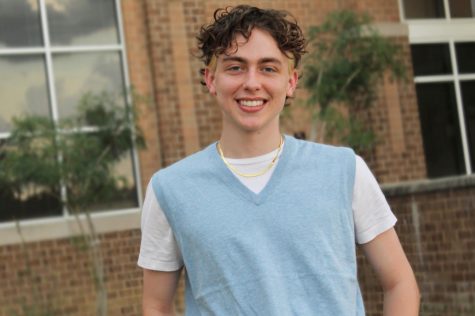
Aaron Boehmer is a senior and in his fourth year of working on the Wingspan staff, third as an editor. Aaron is hoping to study journalism or political...
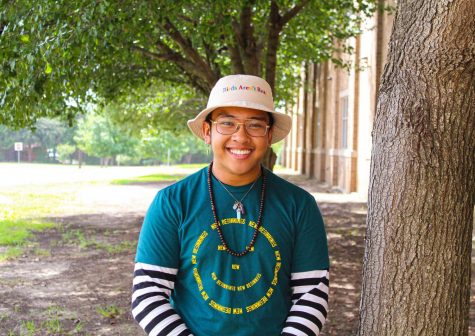
Michael is a senior, and this is his second year joining the Wingspan crew as a senior for the 2020-21 school year. He enjoys his art, photography, others...





